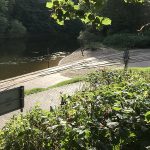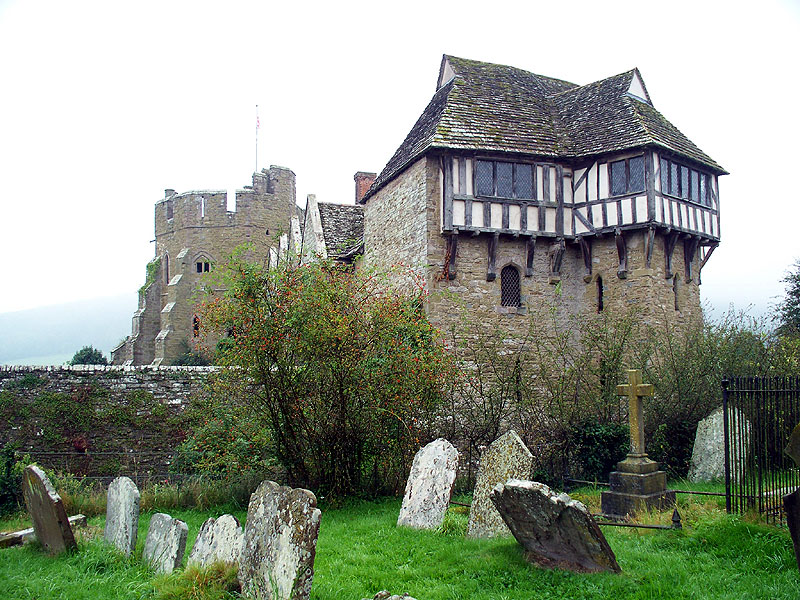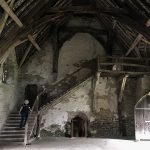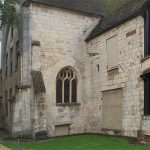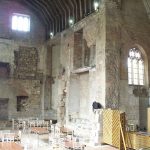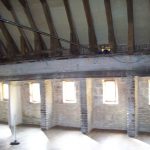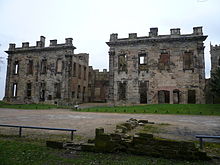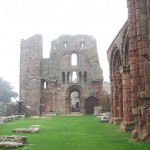English Heritage
Construction of the castle was begun in 1547, as the last of Henry VIII’s forts built to defend the English coast. It is square in plan with a projecting bastion. By 1565 the design had been modified by filling in much of the space to provide a solid elevated gun platform on the northern side. The castle was used as a defensive point or barracks until the 1890’s, and also used for various purposes during WWI and WWII.
The angle bastion is the oldest surviving in an English castle.
Today, the castle contains besides the gun platform an entrance courtyard, the Master Gunner’s House, and a long attic once used for accommodation.
The castle is worth a visit if you are in the area. I spotted the English Heritage flag flying from the castle while walking on the wooden pier, and had a hunt around for the entrance.
EH Yarmouth Castle
No pictures – I bought a guidebook.




